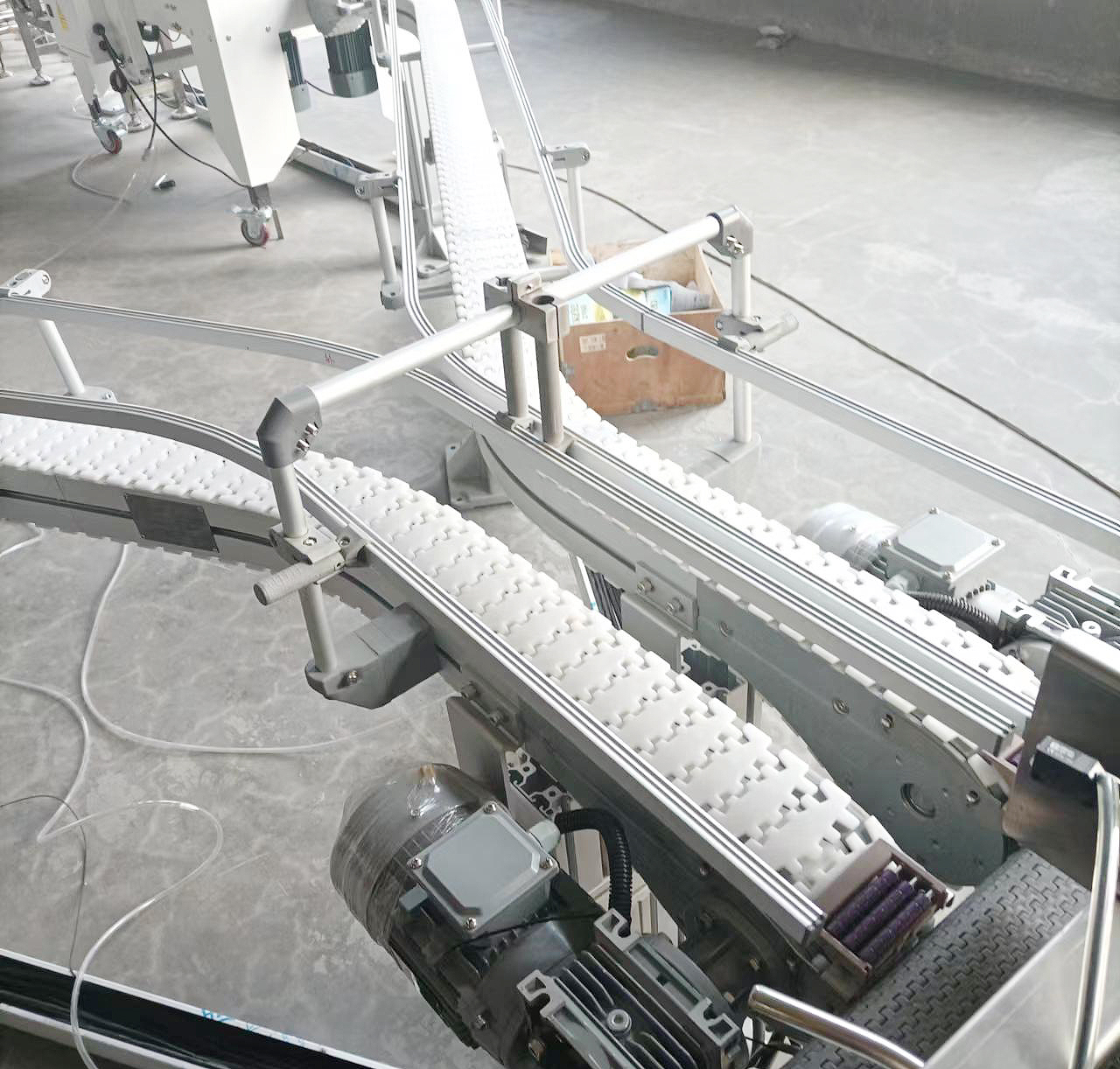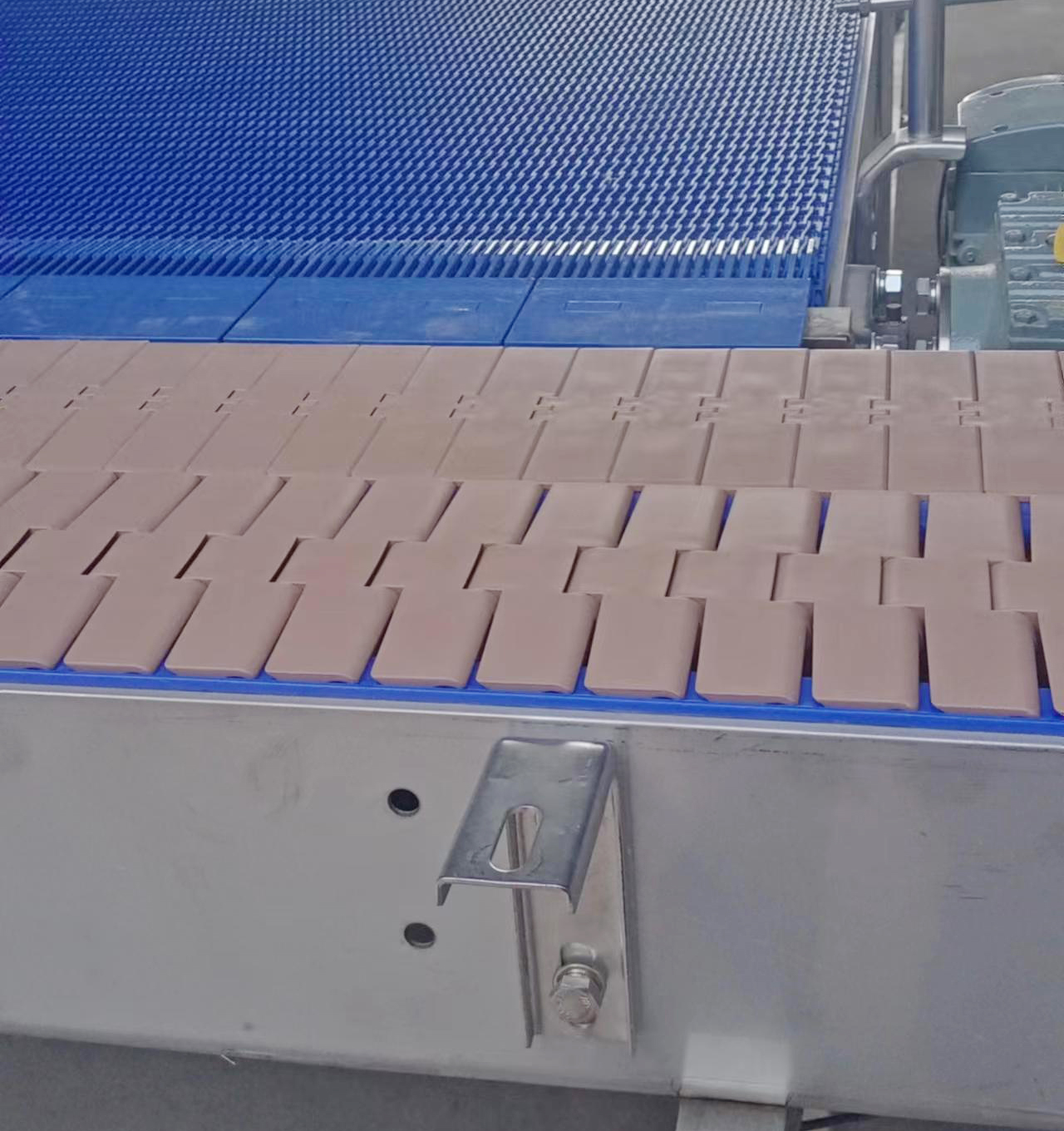When selecting plastic chain plates, here are some detailed suggestions, including key factors to consider, specific selection strategies, methods for evaluating the advantages and disadvantages of chain plates, as well as misunderstandings and potential risks that need to be noted.
I. Key factors to consider when selecting
performance
Strength and rigidity: Select appropriate strength and rigidity according to specific application requirements. For applications with high load-bearing requirements, high-strength materials such as polyoxymethylene (POM), polypropylene (PP), or nylon should be selected.
Wear resistance: In environments with severe friction and wear, choose materials with good wear resistance, such as high-density polyethylene (HDPE) or nylon.
Corrosion resistance: If there are corrosive substances such as acids and alkalis in the working environment, materials resistant to chemical corrosion, such as polypropylene (PP), should be selected.
High temperature resistance: Chain plates working in high temperature environments need to have good heat resistance to ensure stable performance.
Lightweight: Plastic chain plates are lighter than metal chain plates, making them easier to handle and install, which is also an important consideration.
durability
Assess the expected service life and maintenance costs of the chain plate. Choosing a chain plate with high durability and low maintenance costs can reduce operating costs over the long term.
Pay attention to the toughness of the chain plate to ensure that it can resist external shocks and vibrations and maintain good shape and function.
cost
Consider budget and material costs. The cost of different materials varies greatly, and it is necessary to balance cost and performance.
Consider the total cost of ownership, including purchase cost, installation cost, maintenance cost, and replacement cost.
Processability
Select materials that are easy to process according to the processing requirements during the specific manufacturing process. For example, polypropylene (PP) has good processing performance and can be molded through various processes such as injection molding and extrusion.
Environmental friendliness
Select environmentally friendly materials to ensure that the chain plate will not cause environmental pollution during use, and consider its reusability.
II. Specific suggestions for selection
Selection strategies in different application scenarios
Food processing industry: choose chain plates that are easy to clean, corrosion-resistant, and resistant to high temperatures, such as HDPE or nylon materials, to ensure hygiene and safety during food delivery.
Logistics industry: Considering the load-bearing capacity and wear resistance, choose high-strength, wear-resistant chain plates, such as polypropylene (PP) modular chain plates, to improve conveying efficiency and stability.
Chemical industry: choose chemical-resistant chain plates, such as polypropylene (PP) materials, to resist the erosion of corrosive substances such as acids and alkalis.
Evaluate the advantages and disadvantages of the chain plate
Check performance indicators such as tensile strength, bending strength, wear resistance, etc. to ensure that the chain plate can meet the actual application requirements.
Refer to user reviews: understand the experience of other users and evaluate the actual performance and durability of the chain plate.
Conduct sample testing: When conditions permit, conduct small-scale sample testing to verify the performance and durability of the chain plate.
III. Pay attention to misunderstandings and potential risks
Excessive pursuit of low cost: Low cost often means sacrificing performance and quality, which may increase maintenance costs and replacement frequency in the long run.
Ignoring environmental factors: Failure to fully consider the impact of the working environment on the performance of the chain plate, such as temperature, humidity, corrosive substances, etc., may lead to performance degradation or damage to the chain plate.
Mismatching equipment interfaces: Failure to consider the compatibility of the chain plate with other equipment interfaces during selection may lead to installation difficulties or reduced transmission efficiency.
Lack of regular maintenance: Neglecting regular maintenance and inspection of the chain plate may lead to performance degradation, frequent malfunctions, and even safety accidents.
In summary, when selecting plastic chain plates, it is necessary to consider multiple factors such as performance, durability, cost, processability, and environmental friendliness, and develop a selection strategy based on specific application scenarios. At the same time, it is important to avoid common misunderstandings and potential risks to ensure that the selected chain plates can meet actual needs and operate stably for a long time.



Post time: Jul-23-2024
